Worms, Sewers, and Mummies! Tokyo’s 7 Weirdest Museums
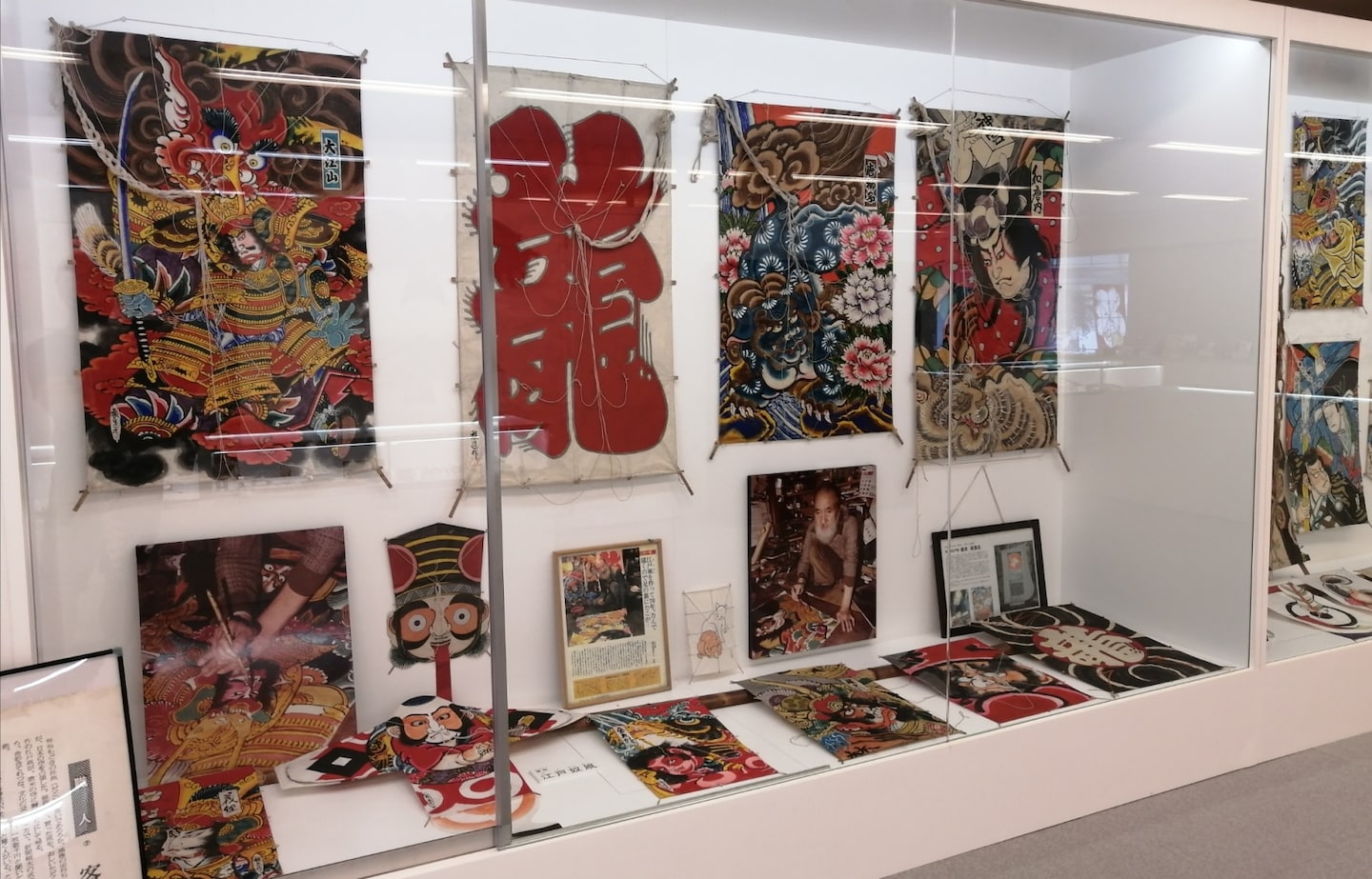
There are over one hundred museums and innumerable art galleries in the city. For those of you who think you've done it all, or for visitors who aren't crazy about the crowds, Neal Beaver introduces at some of the capital's lesser known—but very fascinating—museums.
By Neal BeaverTokyo Sewerage Museum: Rainbow

The Tokyo Sewerage Museum is without a doubt one of the most ununsual museums in the city, describing itself as an "experience-oriented museum." Yikes! It is owned by the Tokyo Metropolitan Government and housed inside the old Ariake Water Reclamation Center in Odaiba. The museum proudly educates the public on those vital sewer functions that we never see, and rarely think about. Visitors learn how pipes, pumping stations, and water reclamation centers work through the use of optical illusions, interactive exhibits and tablets.
There was even a recent collaboration with Unko-sensei of the famous Unko Drill books—self-study books that use poop references to teach! True to form for Japan, the museum is chock full of cute mascots, bright colors, and things to keep your hands busy. With an emphasis on learning through fun and play, it's a great place to visit with kids. The museum also houses a small movie theater called "The Cinema of the Town," which shows four short films with sewerage and environmental themes (subtitles in English, Chinese, and Korean).
Ariake Water Reclamation Center 5F, 2-3-5 Ariake, Koto-ku
Admission is free. Open from 9:30 am to 4:30 pm. Closed on Mondays.
Tokyo Sewerage Museum: Rainbow Website
The Ancient Egyptian Museum
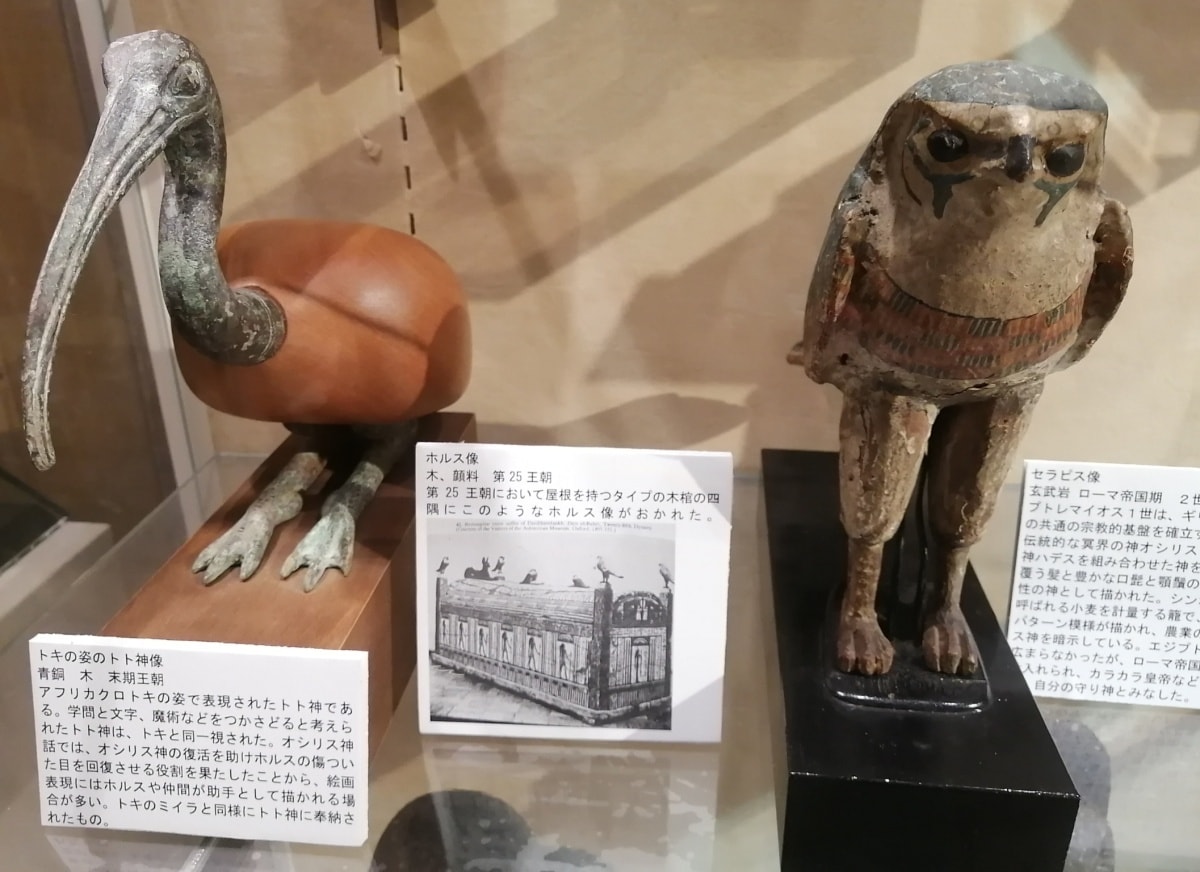
Little known to the crowds of tourists and salarymen hustling by outside, some mummified remains of ancient Egypt lie smack dab in the middle of Shibuya. The Ancient Egypt Museum of Shibuya is a small niche museum featuring several mummies, both human and otherwise, and hundreds of artifacts. Its shelves are jam packed with amulets, jewelry, busts, tools, and other authentic objects dating from the ancient civilization. The museum is located in a bland business building that doesn't suggest the wonders hidden inside.
The entrance fee is a hefty ¥1,500, which is quite expensive compared to other Tokyo museums, but this is a must-visit for ancient Egypt enthusiasts. While a bit on the small side, the museum does boast a rather fun and clever layout.
At the beginning of the "expedition," visitors are shown a short video, in English or Japanese, about Egyptian civilization and are then equipped with a heavy vintage explorer's flashlight. Sections of the museum are bathed in total darkness, and it's your job as visiting archeologist to navigate the creepy corners with the flashlight. Due to the darkness and claustrophobic spaces, this museum is not recommended for young children. While the introductory video is available in English, the explanations for the artifacts are unfortunately only in Japanese.
1−12−18 Jinnan, Shibuya-ku
Admission ¥1,500 yen for adults. The museum is open only Saturday and Sunday, from 12:00 pm to 6:00 pm. Private tours are also available.
The Ancient Egyptian Museum Website
The Kite Museum
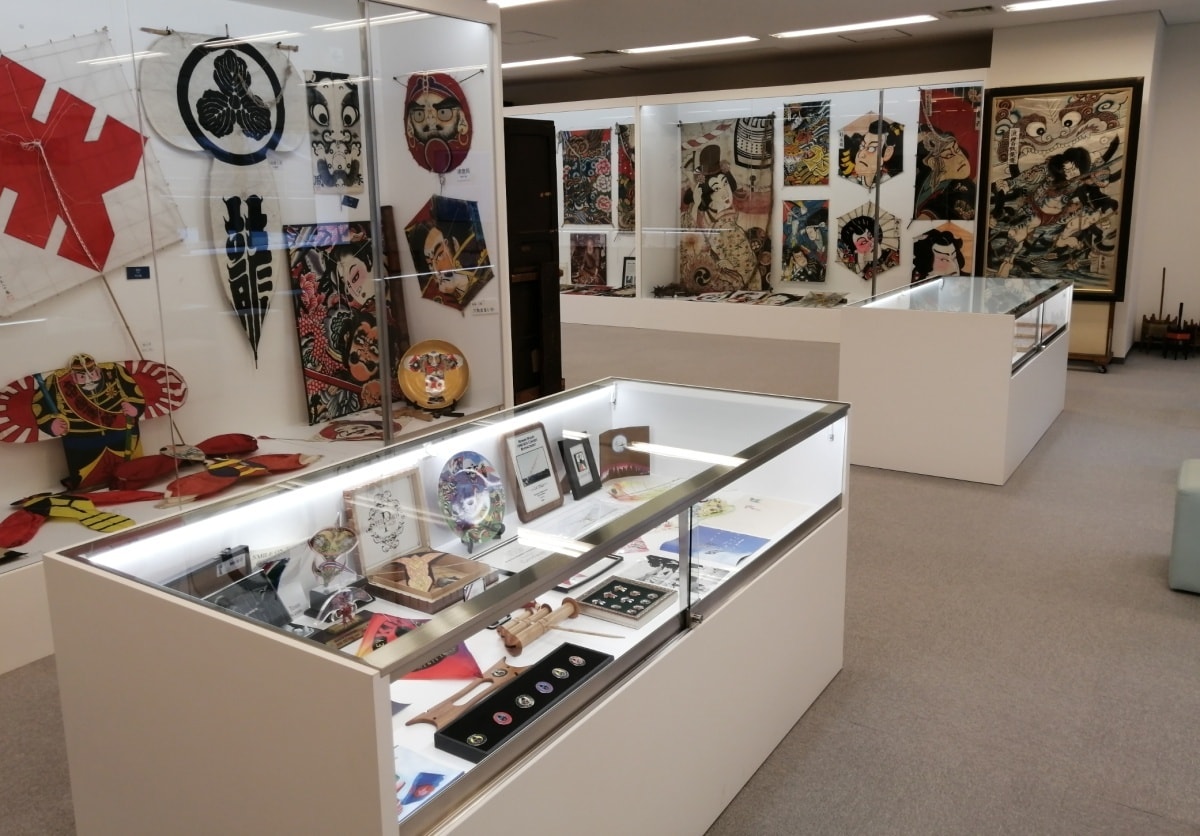
Nestled away in a non-descript building not far from Tokyo Station is the Kite Museum. It can be a little challenging to find, so look for the Taimeiken building and its first floor restaurant. The Taimeiken restaurant is one of the most popular spots in town for omuraisu (rice omelet), so you will see the line out the door.
The Kite Museum was a once cluttered and cozy museum, feeling more like the private collection of an enthusiast rather than a museum. But recently the museum has undergone a renovation, and features a cleaner look. The collection belongs to the owner of the first floor restaurant, who has spent his entire life collecting kites, toys, and various flying apparatus. The collection is always growing, and today there are over one hundred items on display. While visitors will see mostly Japanese kites, the museum does feature pieces from around the world, and a few displays educate about the international kite community.
The museum is the home of the Japan Kite Association, and features everything from Edo-era dueling samurai to Anpanman kites. The museum is just as appealing to elementary kids as to history buffs, but sadly doesn't have any interactive exhibits for young children. A solid knowledge of Japanese is required if you want to read the history of each kite. The museum is small but well worth a visit; I think an hour should be enough to explore this unique space. Be sure to check out the worthwhile gift shop on the way out!
Muromachi NS Bldg 2F, 1-8-3 Nihonbashi-Muromachi, Chuo-ku
Admission ¥220 (adults), ¥110 (children). Open Monday to Saturday from 11:00 am to 5:00 pm.
The Kite Museum Website
The Postal Museum Japan
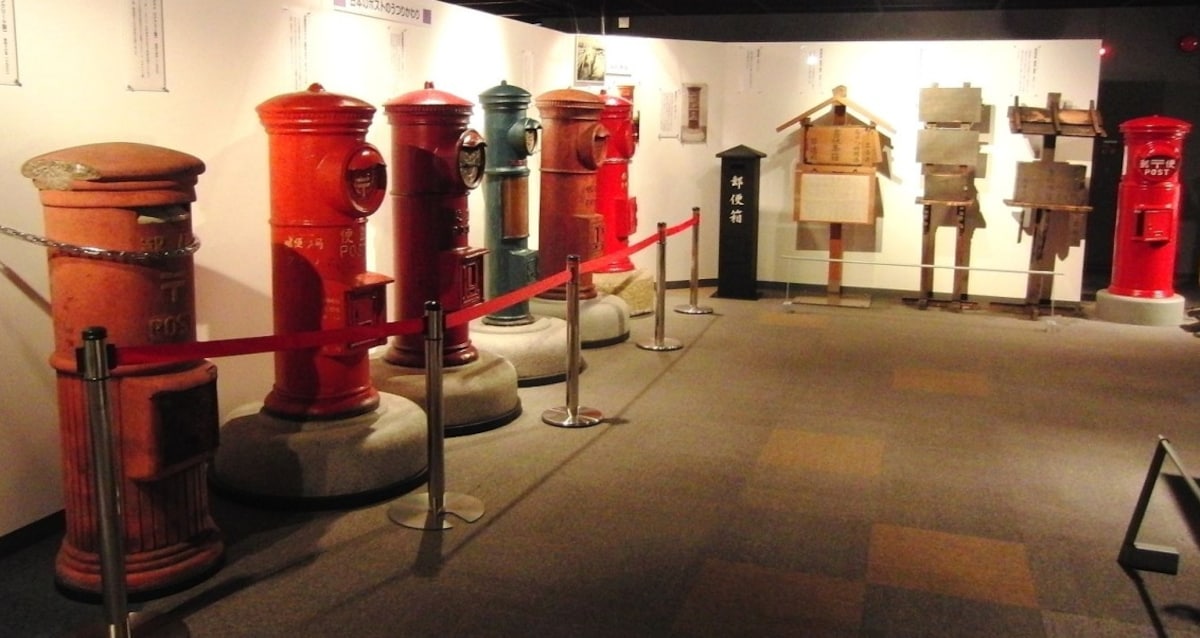
Located in the shadow of the Tokyo Skytree, the Postal Museum Japan is a fun and comprehensive museum that focuses on the history of mail and correspondence. With a history stretching back to 1902, the museum houses over 330,000 stamps, the largest collection of its kind in the country. Divided into seven "worlds," anything and everything related to post and communication is displayed: a modern day Japan Post motorcycle, letters from famous people, maps, artwork, items from the Meiji and Edo eras, and of course postboxes galore. In total there are over 400 pieces on display.
The exhibitions present some pretty rare items, like Japan's first postage stamp vending machine (dating from 1904), a Morse telegraph gifted by the United States after Commodore Perry's infamous black ships opened Japan in the mid 1800s, and something called a "friction generator." The museum notes that these designated important cultural properties are displayed irregularly, so you never know what you will find! Besides mail and letters, the museum also features exhibitions about topics like insurance, accounting, and savings. Don't miss the nifty theater, which shows rare clips from the Showa period.
Tokyo SKYTREE Town Solamachi 9F, 1-1-2, Oshiage, Sumida-ku, Tokyo, 131-8139
Admission ¥300 (adults) ¥150 (children). Open from 10:00 am to 5:30 pm.
The Postal Museum Japan Website
Tobacco and Salt Museum
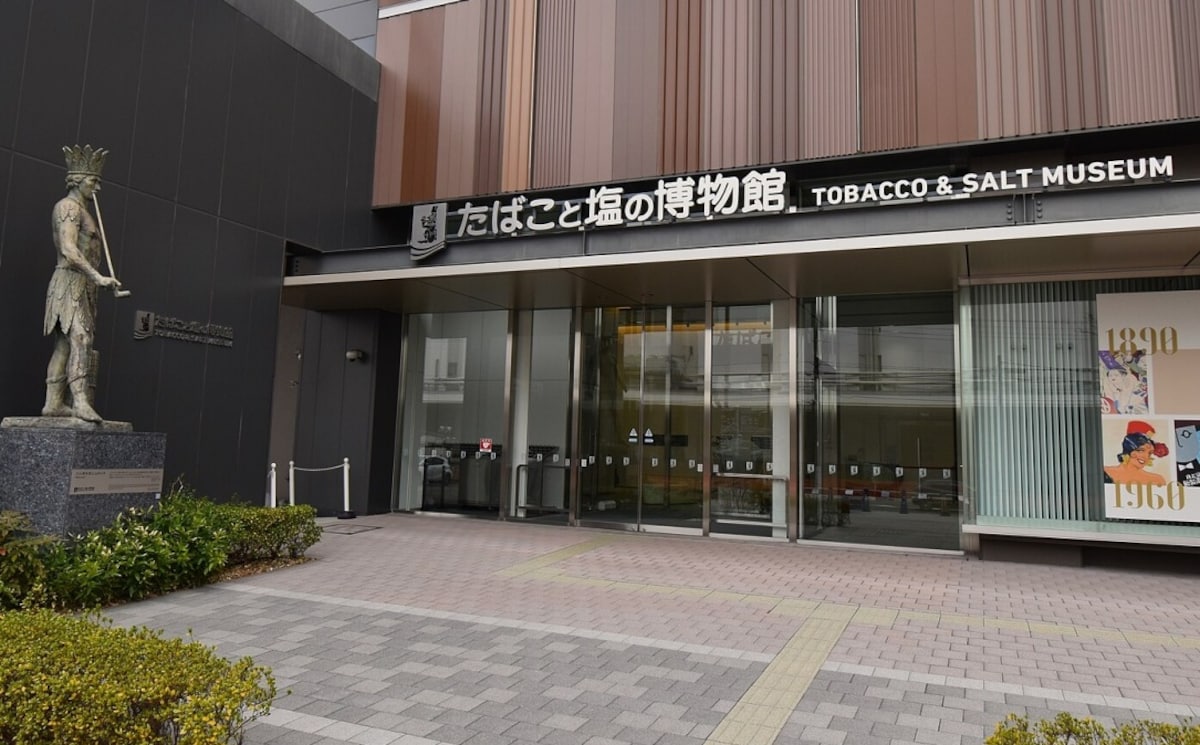
Tobacco and salt are super interesting! Okay, well . . . maybe not on paper. In a city of robots, maid cafes, and temples, after all, why spend a day at the Tobacco and Salt Museum? But this five story museum is more than just a collection of salt packets; the museum lays out the deep connection tobacco and salt have with human history and the major role they have played in industrial development. Through over 36,000 collection pieces, visitors glean a much deeper understanding of Japanese history. There are two permanent exhibits: "The History and Culture of Tobacco" and "The World of Salt."
But it's the temporary special exhibits that give this museum its kick. At the time of my visit, the museum is hosting an exhibit centered on literary heavy-weight Akutagawa Ryunosuke (In a Grove, Rashomon, Hell Screen) and his addiction to Golden Bat cigarettes. The exhibit features an original copy of his novel Tobacco and the Devil and cigarette packs from his era, when the Japanese were making the shift from pipes to paper cigarettes. The facility is not just a museum, but also an active research station, which continues to study how the two products influence modern society. A small gift shop completes the tour. It's located very close to the Tokyo Skytree.
1-16-3 Yokokawa, Sumida-ku
Admission ¥100 yen. Open from 10:00 am to 5:00 pm. Closed on Mondays.
Tobacco and Salt Museum Website
Bank of Japan Currency Museum

The Currency Museum of the Bank of Japan has a history that is as interesting as its collection. This museum near Tokyo Station began in 1923 as the private collection of numismatist Tanaka Keibun. Tanaka was an academic, and like several museums on this list, the collection on display was spawned by academic research. The museum's website points out the importance of this, calling the collection a bedrock of serious academic study.
Tanaka traveled all over Asia to study currency, and the cultural differences of how we buy, sell, and trade. In the early 40s, when the war came to Japan's shores in the form of bombing raids, Tanaka scrambled to save the collection. Seeking protection, he donated everything to the Bank of Japan, whose Governor Shibusawa was a collector himself and had a deep appreciation for preserving culture. Thankfully this decision was the right one, and the collection survived the war.
The museum in its current form opened in November 1985. Aside from coins and banknotes from all eras, visitors can see ukiyo-e woodblock prints, certificates of sale, coin chests, lottery tickets, and other nifty artifacts, including the first bank notes issued during the Meiji era. Visitors can hold real gold coins, and see how counterfeiting is prevented in modern times. There is even a fake sword that conceals coins!
1−3−1 Nihonibashi-hongokucho, Chuo-ku
Admission free. Open from 9:30 am to 4:30 pm everyday except Mondays.
Bank of Japan Currency Museum Website
Meguro Parasitological Museum
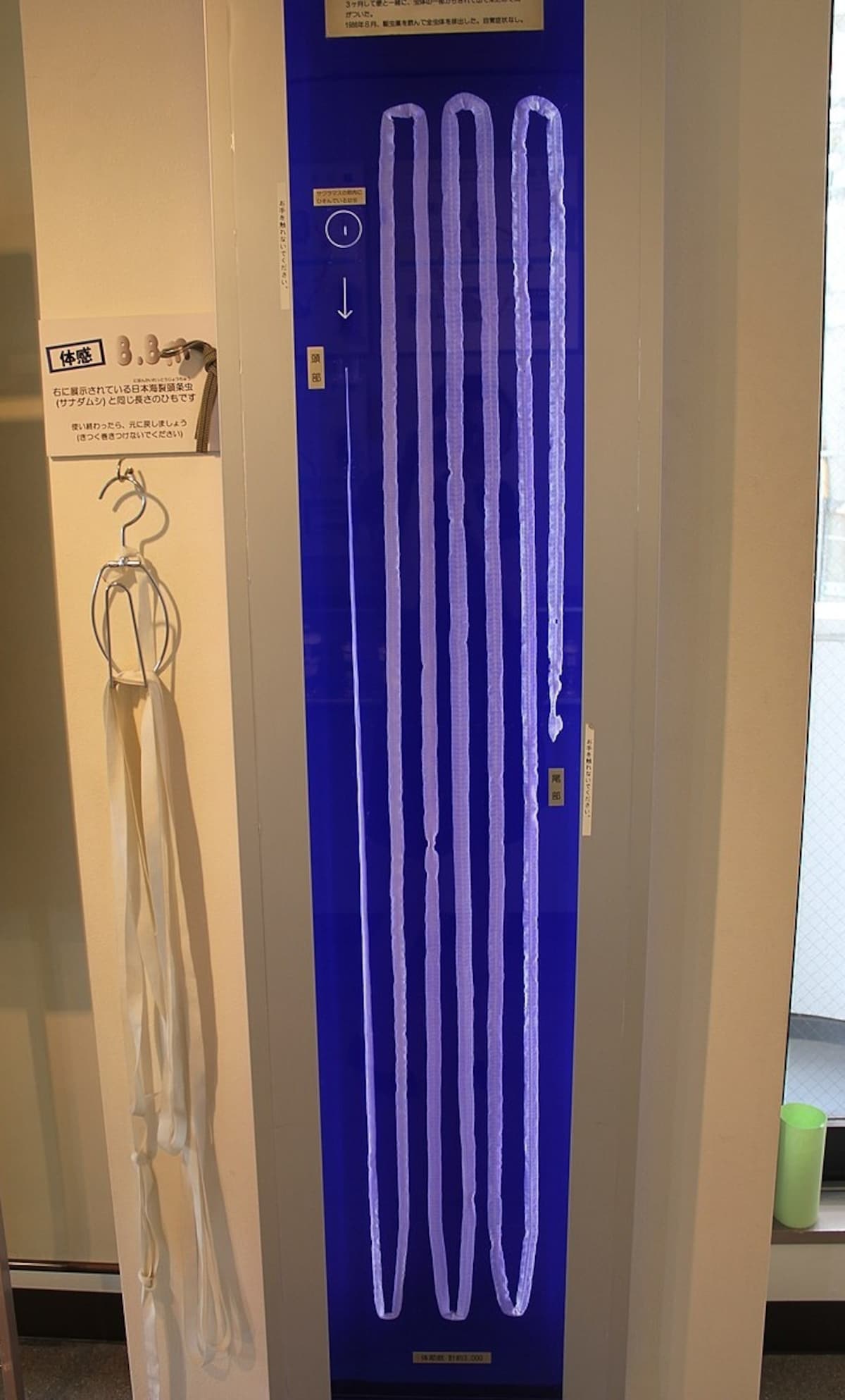
The infamous tapeworm (https://commons.m.wikimedia.org/wiki/File:Laika_ac_Meguro_Parasitological_Museum_(7482790682).jpg)
I've saved the most bizarre for last. It's the Meguro Parasitological Museum, a sometimes gross but educational museum founded in 1953 by doctor Satoru Kamegai. In fact, it claims to be the only museum in the world dedicated to parasites! Dr. Kamegai was a passionate guy, and we can see the results of his obsessive parasite collecting in the form of two floors of exhibitions.
Not for the weak of stomach, the museum has 300 parasite specimens on display, though the research section of the building preserves thousands more. The museum is divided into two floors, the "Diversity of Parasites" and "Humans and Zoonotic Parasites." On the first floor visitors see hookworms, protozoa, tongue worms, microscopic insects, and even an 8.8 meter tapeworm removed from a living human. Gross! (See above photo.)
The second floor educates visitors on the dangers of parasites (apparently there are over 200 species that can infect humans) using videos, models, slides, and hand-written lab notes. This museum relies on donations to maintain operations and received a boost from an unlikely guest last year: Bill Gates tweeted a picture of the infamous tape worm and donations surged. The plaques for each exhibit are in Japanese but QR codes can be scanned to access English. Be sure to stop by the gift shop for some unique items!
4-1-1 Shimomeguro, Meguro-ku
Donation-based admission. Open Wednesday to Sunday, 10:00 am to 5:00 pm.
Meguro Parasitological Museum Website


